SUMMARY
This is AI generated summarization, which may have errors. For context, always refer to the full article.
![[ANALYSIS] Dutertenomics a success? Data was cherry-picked](https://www.rappler.com/tachyon/2021/04/Dutertenomics-April-30-2021.jpg)
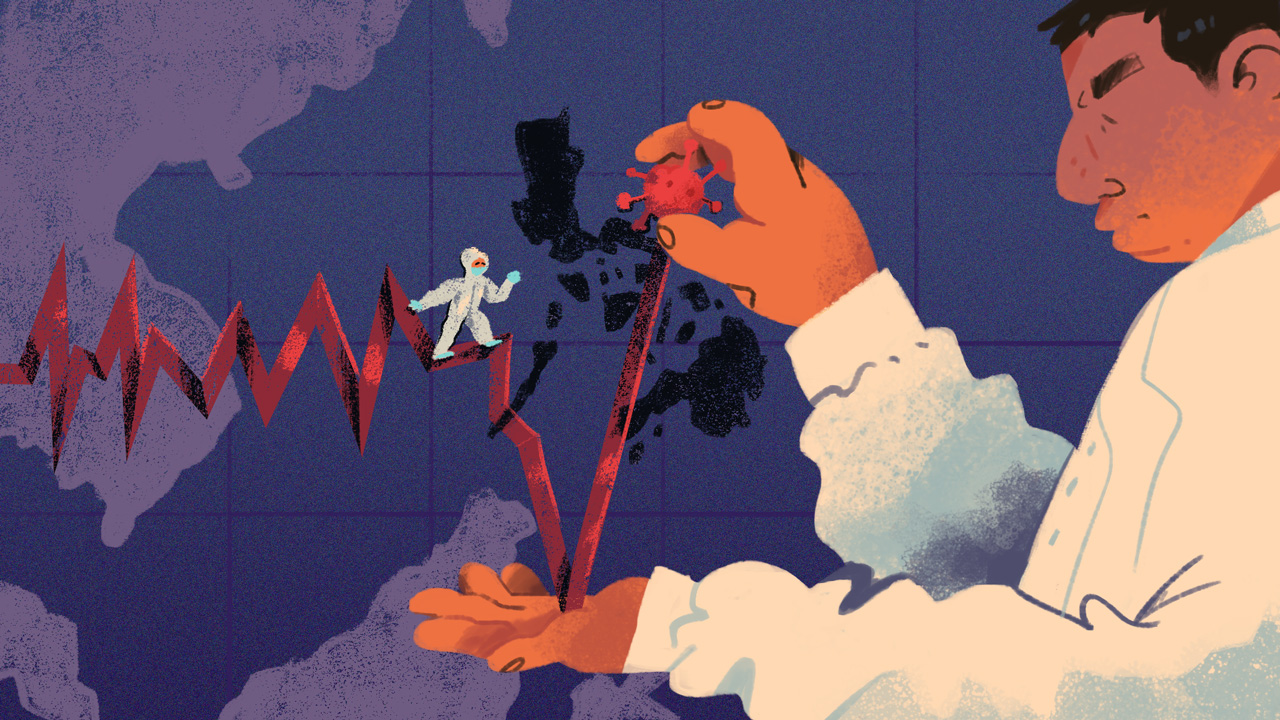
On Monday, April 26, and way ahead of President Rodrigo Duterte’s final State of the Nation Address in July, his economic managers touted their supposed achievements when it comes to the Philippine economy – notwithstanding the calamitous pandemic and recession.
They started by declaring that Duterte’s term ought to be split in two periods: “The first is the period of growth and the second is the period of pandemic response,” declared Finance Secretary Carlos Dominguez III.
Indeed the economic figures were a lot better before the pandemic struck. But the 4-hour pre-SONA forum turned out to be a grand exercise in cherry-picking. The economic managers glossed over so many indicators that went haywire during the pandemic. They ultimately failed to give a complete, honest assessment of where the economy has been, and how the government has responded to the crisis.
Considering past briefings, this should really come as no surprise (READ: The economic lies in “Duterte Legacy”). In this piece I’ll highlight some of the most misleading economic claims they made this time around (see this related Twitter thread I made).
Missing context: Rice tariffication and inflation
To begin with, the economic managers were quite proud of the Rice Tariffication Law (RTL) which Duterte signed in February 2019. Dominguez made sure to mention that the law was passed after 30 years of failed attempts, and brought down rice prices after the spell of high inflation (accelerating prices) in 2018.
But rice tariffication is far from an unalloyed boon for Filipinos. While rice prices have subsided since 2018, retail prices in 2020 were in fact just about 1% lower than in 2017 – before the inflation crisis and before the RTL was passed. (READ: The real story about rice production in 2020)
Meanwhile, Socioeconomic Planning Secretary Karl Chua touted an 11.1% increase in rice productivity before and after the RTL (from 3.6 to 4 tons per hectare). But the government’s original goal was much more ambitious: to raise productivity from 4 to 6 tons per hectare (a 50% jump) within 6 years. Between 2019 and 2020 actual productivity rose by less than 1%.
Dominguez said that the RTL earned P31.9 billion in revenue, which in principle should help local farmers whose incomes have been lost due to the influx of rice imports. But government has yet to show that such funds have benefitted our local farmers beyond the usual (and often token) distribution of seeds and farm machinery. (READ: Will rice tariffication live up to its promise?)
Finally, despite lower rice prices, the economic managers conveniently omitted the fact that inflation has picked up again recently – this time more painfully because we’re in the middle of the country’s worst economic crisis since World War II. The main driver of inflation is now pork. While the economic managers did bring down pork tariffs of late, we’ve yet to see whether and when such a move will temper inflation.
Misleading: Train law funded projects, universal care
Dominguez trumpeted the 2017 Train law as a “significant achievement of this administration” that “provided a recurrent and robust revenue flow that expanded social services and supported our massive economic investments in modern infrastructure.”
Recall that the Train law reduced personal income taxes but hiked excise taxes on petroleum products, sugary drinks, and other goods. Dominguez said that “Through TRAIN we’ve basically given out a 14th month pay every year to our wage earners.” That’s quite a stretch. Besides, workers who were exempt from paying income taxes were hurt by the law and not helped by it at all.
More to the point, Train was sold to the public as a way to finance the government’s ambitious infrastructure spending spree called Build, Build, Build. But judging from the glacial pace of Build, Build, Build, Train failed to produce the promised “recurrent and robust revenue flow.” In its first 3 years, Train reportedly earned P305 billion in revenues. That’s peanuts.
Train’s excise taxes on cigarettes and alcohol also supposedly “improved funding” for the Universal Health Care Law, “another landmark reform of this administration.”
But what universal health care are we talking about? With patients paying for their own tests and hospitalization amid the pandemic, and PhilHealth failing to reimburse hospitals, government has obviously not yet delivered universal health care – and right when we need it the most.
Finally, Dominguez claimed: “Through bold tax reforms and better tax administration, we were able to raise our revenue effort to 16.1% of GDP in 2019… This was our best performance in more than 2 decades.” But by showing a graph with a distorted vertical axis, they made changes in the tax effort seem larger than they really were (see a corrected graph here).
Misleading: Duterte spent a lot on infra
The centerpiece of Duterte’s economic program is Build, Build, Build. Dominguez called it “a perfect example of [their] productive spending” as well as Duterte’s “main strategy to lift Filipinos out of poverty.” To hear him talk, it’s like an economic cure-all.
As before, the economic managers bragged that the current government has spent more on infrastructure than ever before. Whereas past administrations spent only 2% of GDP on infrastructure, Duterte supposedly spent nearly 5%.
That might sound high, but 5% is in fact a lot lower than their original targets. For 2017 to 2022, they had aimed for an average infrastructure spending of 6.6% of GDP (reaching a peak of 7.3% by 2022). As projects stalled, however, they quietly revised these targets downward.
Also, a larger budget doesn’t necessarily mean robust spending. Key agencies, namely the Department of Public Works and Highways and the Department of Transportation, continue to be riddled with underspending. In 2019 Duterte’s Cabinet had to revise its list of Build, Build, Build projects, replacing unrealistically large projects with smaller ones. How to assess a program with moving goalposts? (READ: The moving goalposts of Duterte’s Build, Build, Build)
Dominguez said that the new emphasis on infrastructure shows “rebalanced” priorities under Duterte’s watch. But as the pandemic raged on, this government chose to pour money on infrastructure and not nearly enough on health and economic aid. Government priorities are more misguided than ever. (READ: Why you should be alarmed by Duterte’s 2021 budget)
The economic managers said they’re “maintaining the pace of our Build, Build, Build program,” insisting it will be “main driver of rebuilding the domestic economy.” But data shows we can’t we can’t quite Build, Build, Build our way out of this pandemic: last year public construction projects slowed to a crawl.
The economic managers also cling to the notion that Build, Build, Build has a “high multiplier effect,” meaning to say that an extra peso spent on infrastructure is expected to generate much more than a peso in total economic activity. But until now they haven’t explained exactly how high these multipliers are, nor how they were arrived at.
False: Duterte lifted 6 million out of poverty
Another big claim is that the Duterte government lifted 6 million Filipinos out of poverty in 2018. If that sounds too good to be true, that’s because it is.
Sure, from 2015 to 2018 the poverty rate did drop by 6.8 percentage points, equivalent to nearly 6 million Filipinos. But to conclude that that’s the handiwork of Duterte is as logical as concluding ivermectin cures COVID-19 just because your friend took it and turned out fine.
Chua said that the drop in poverty was seen “after 3 years of the administration.” But the latest poverty report was in 2018, or 2 years after Duterte was elected president. In effect, they grabbed credit for the decline of poverty in the last year of the preceding Aquino administration.
To the economic managers, the steep drop in poverty was due to “significant progress” in the “0 to 10-Point Socioeconomic Agenda” they had laid down at the beginning of Duterte’s term.
But, for all we know, the poverty drop may be due to programs and policies implemented before Duterte rose to power, say, the long-standing conditional cash transfer program and the education and health investments it encouraged. Alternatively, one might argue that poverty should’ve gone down even further had Duterte not imposed anti-poor policies like the war on drugs or the Train law. The very definition of poverty is also long due for an update. (READ: Making sense of the surprisingly good jobs, poverty stats)
Dominguez said, “Clearly, we had realized better economic and social outcomes for the Filipino people.” But at the same time, they omitted mention of the rise of poverty during the pandemic. In fact, the economic managers foresee the poverty rate declining even more in 2021 and 2022. That’s just plain delusional.
False: Policies cemented macroeconomic stability
There’s a lot more to unpack in the pre-SONA forum than we can accommodate here. But with a little over a year left in office, it’s plain as day that Duterte’s economic managers are in legacy mode. They’re working extra hard to paint as rosy a picture of the economy as possible, and to put their pet policies – what might be collectively called “Dutertenomics” – in the best possible light.
Near the start of the forum, Dominguez bluntly said, “The expectations have been met and the promises kept.” But, as we’ve shown here, lots of data prove otherwise.
Dominguez added, “The game-changing reforms we had institutionalized over the last five years cemented our overall macroeconomic stability and allowed us to respond decisively to this health crisis.”
But what “macroeconomic stability” are they talking about?
By screwing up the pandemic response and allowing the virus to spread as much as it has, the Duterte government has flung the Philippines from macroeconomic stability to instability, and turned us into the “sick man of Asia” once more. (READ: Duterte’s legacy: We’re the “sick man of Asia” again)
If there’s anyone to blame for the economic managers’ spoiled legacy, it would be themselves. – Rappler.com
JC Punongbayan is a PhD candidate and teaching fellow at the UP School of Economics. His views are independent of the views of his affiliations. Follow JC on Twitter (@jcpunongbayan) and Usapang Econ (usapangecon.com).
Add a comment
How does this make you feel?
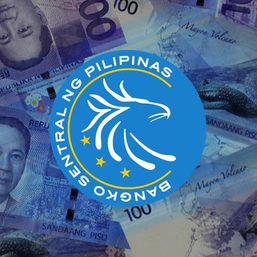



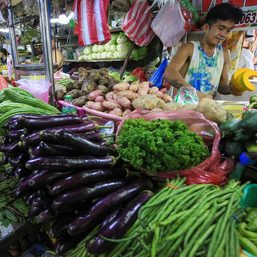
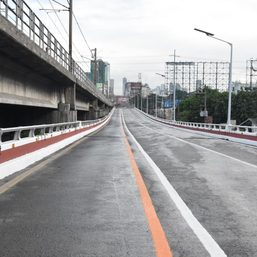
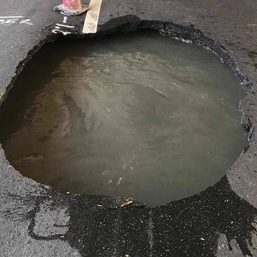
![[ANALYSIS] Investigating government’s engagement with the private sector in infrastructure](https://www.rappler.com/tachyon/2024/04/tl-gov-private-sectors-infra-04112024-1.jpg?resize=257%2C257&crop=435px%2C0px%2C1080px%2C1080px)
![[OPINION] Cities and public spaces should be for people first](https://www.rappler.com/tachyon/2024/04/imho-people-first-city-04132024.jpg?resize=257%2C257&crop_strategy=attention)
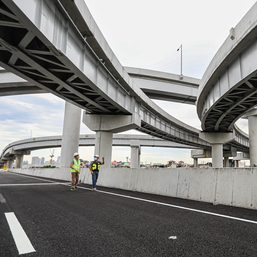
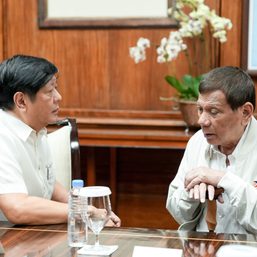
![[The Slingshot] Alden Delvo’s birthday](https://www.rappler.com/tachyon/2024/04/tl-alden-delvo-birthday.jpg?resize=257%2C257&crop=263px%2C0px%2C720px%2C720px)
![[EDITORIAL] Ang low-intensity warfare ni Marcos kung saan attack dog na ang First Lady](https://www.rappler.com/tachyon/2024/04/animated-liza-marcos-sara-duterte-feud-carousel.jpg?resize=257%2C257&crop=294px%2C0px%2C720px%2C720px)
![[Newsstand] Duterte vs Marcos: A rift impossible to bridge, a wound impossible to heal](https://www.rappler.com/tachyon/2024/04/duterte-marcos-rift-apr-20-2024.jpg?resize=257%2C257&crop=278px%2C0px%2C720px%2C720px)

There are no comments yet. Add your comment to start the conversation.